Diamond Corporation SA
4 C’S OF DIAMONDS
Diamond Colour
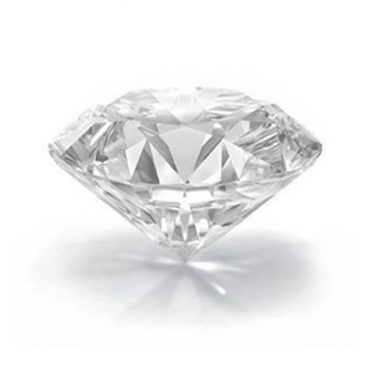
D-F
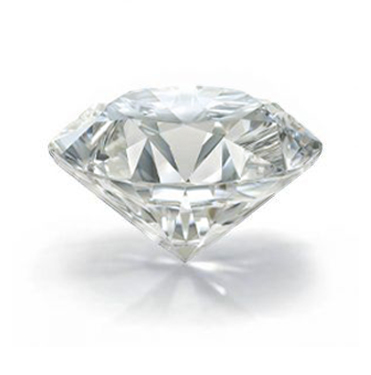
G-J

K-M
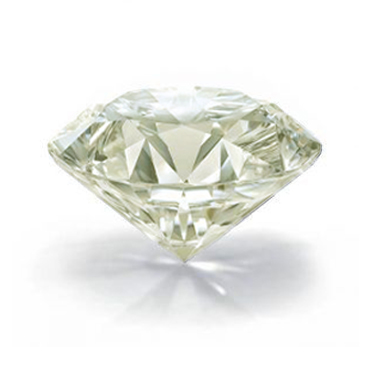
N-R

S-Z
Diamond colour is the absence of colour within a diamond
Diamond colour evaluation is based on the absence of colour. Diamond colour becomes noticeable when minute particles of trace elements are found inside the lattice structure of diamond. Less trace elements means less colour, meaning more rare, resulting in higher value.
GIA’s D-to-Z diamond colour-grading system measures the degree of colourlessness by comparing a stone under controlled lighting and precise viewing conditions to master stones of established colour values.
Diamond Clarity
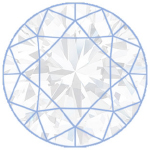
FL-IF
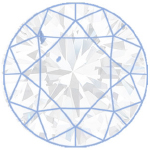
VVS1 - VVS2
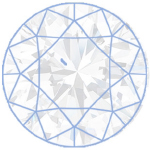
VS1 - VS2
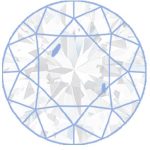
SI1 - SI2
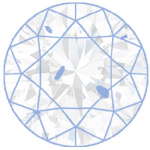
I1-I2-I3
Diamond Clarity refers to absence of internal inclusions and external blemishes.
Evaluating diamond clarity involves determining the number, size, relief, nature and position of the haracteristics and they affect the overall appearance of the stone. While no diamond is perfectly pure, the closer it comes, the higher the value.
To the naked eye a VS1 and SI2 may look exactly the same but these diamonds are quite different in terms of overall quality and value. This is why expert and accurate assessment of diamond clarity is extremely important by an independent lab such as GIA.
Diamond Cut
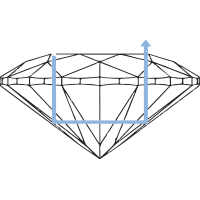
Excellent Cut
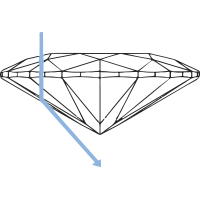
Cut too Shallow
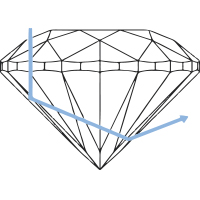
Cut too Deep
Diamond cut is how it unleashes light.
Diamonds are renowned for their to ability to sparkle. For most, diamond cut refers to its shape (round, cushion, pear, oval, princess) but a diamond’s cut grade is equally important, as it determines how well a particular diamond facets interact with light.
Diamond’s cut is vital to a stones final beauty and furthered character. Of all the 4C’s, it’s the most complex and technically difficult to analyse.
Most Popular Diamond Shapes
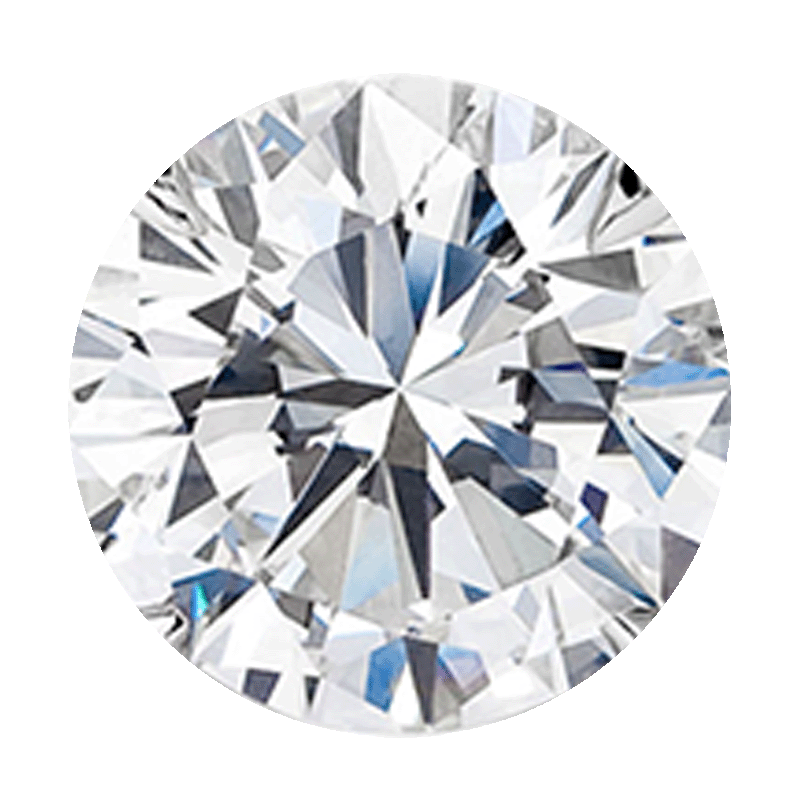
Round
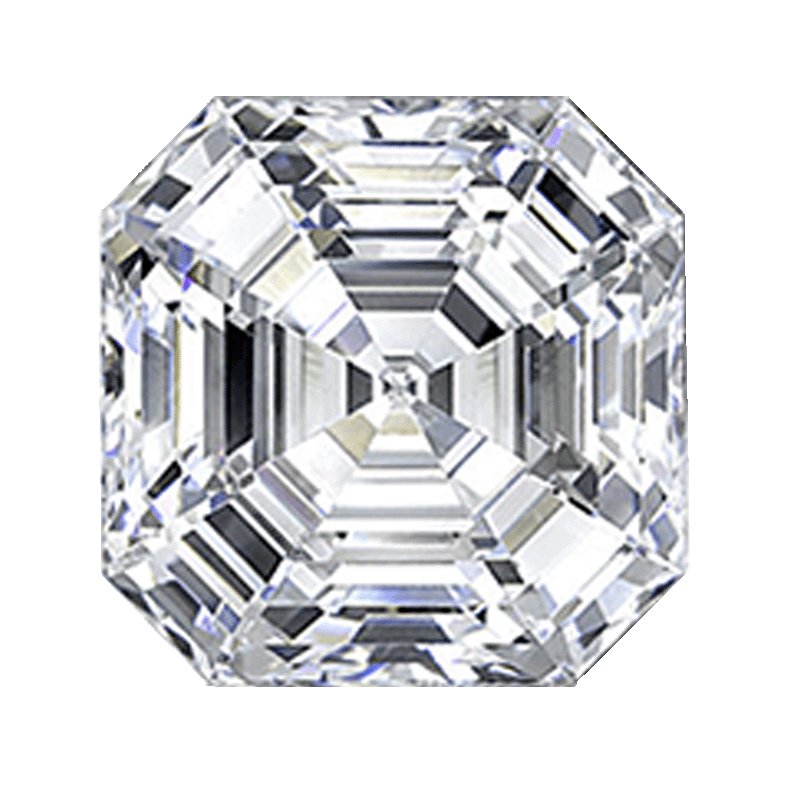
Ascher

Cushion
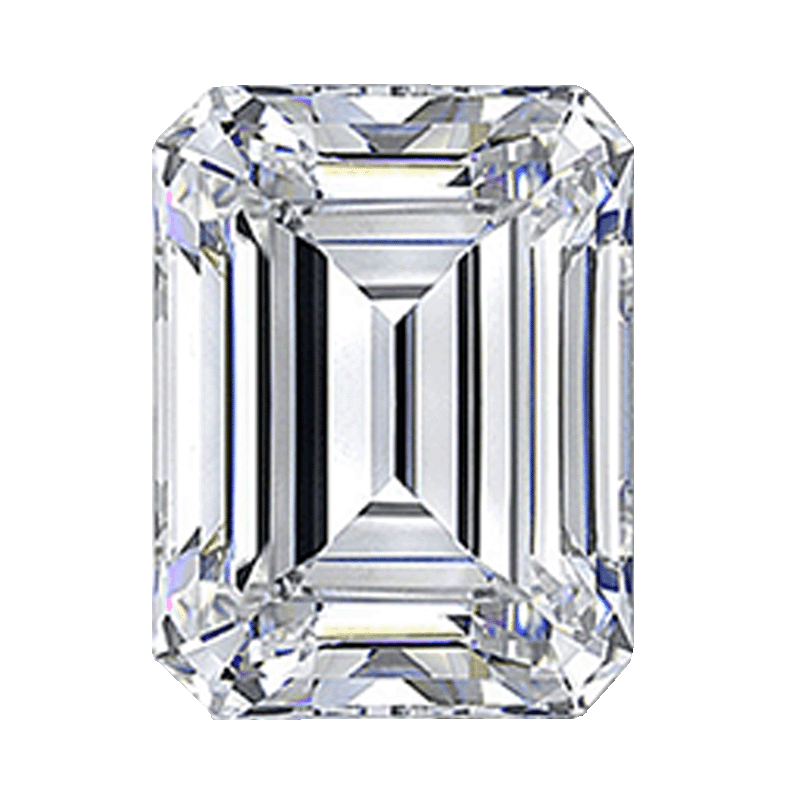
Emerald
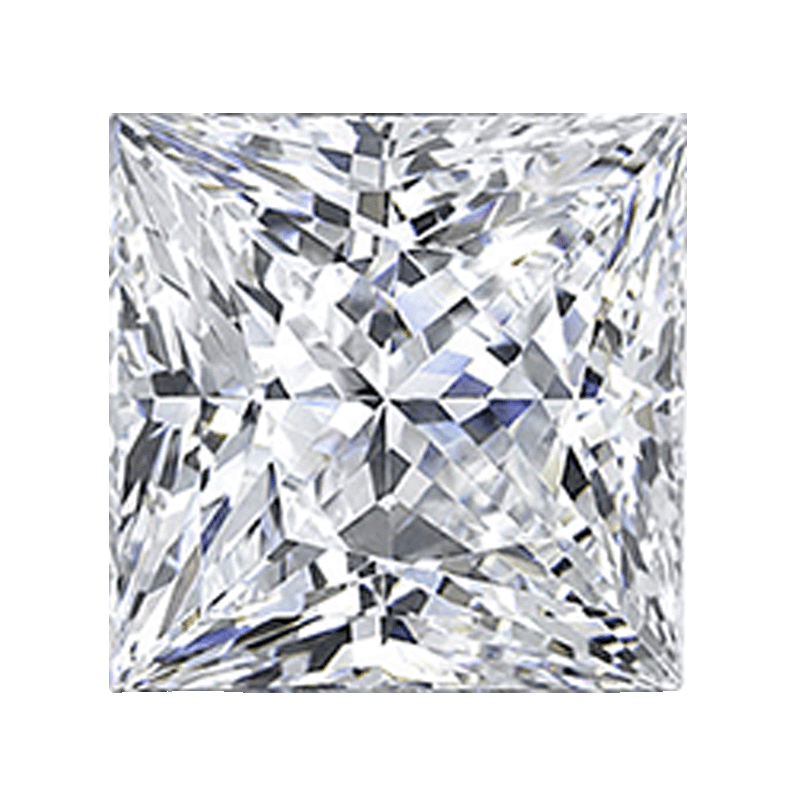
Princess
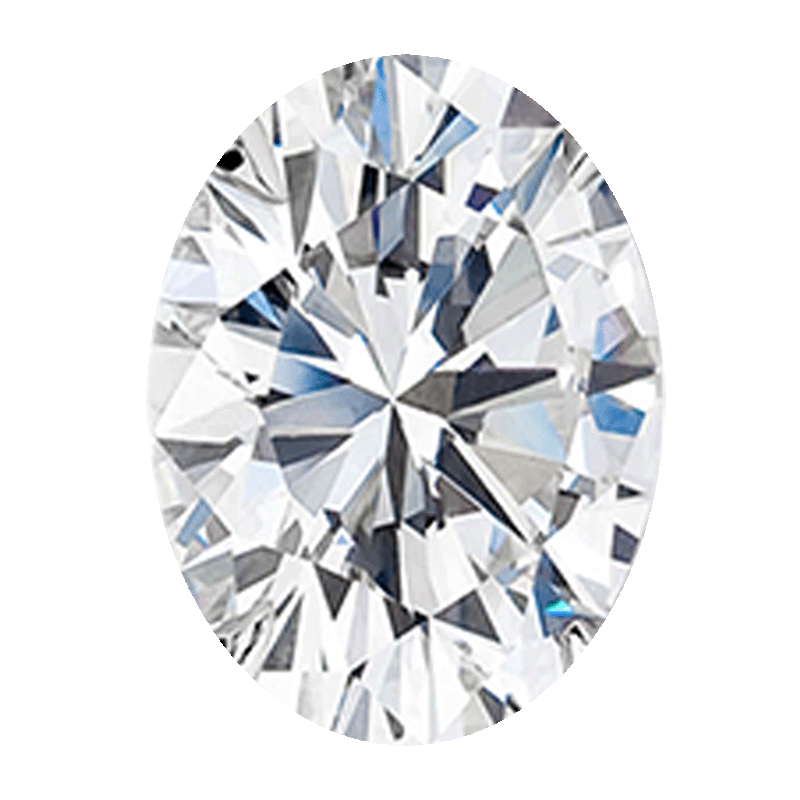
Oval
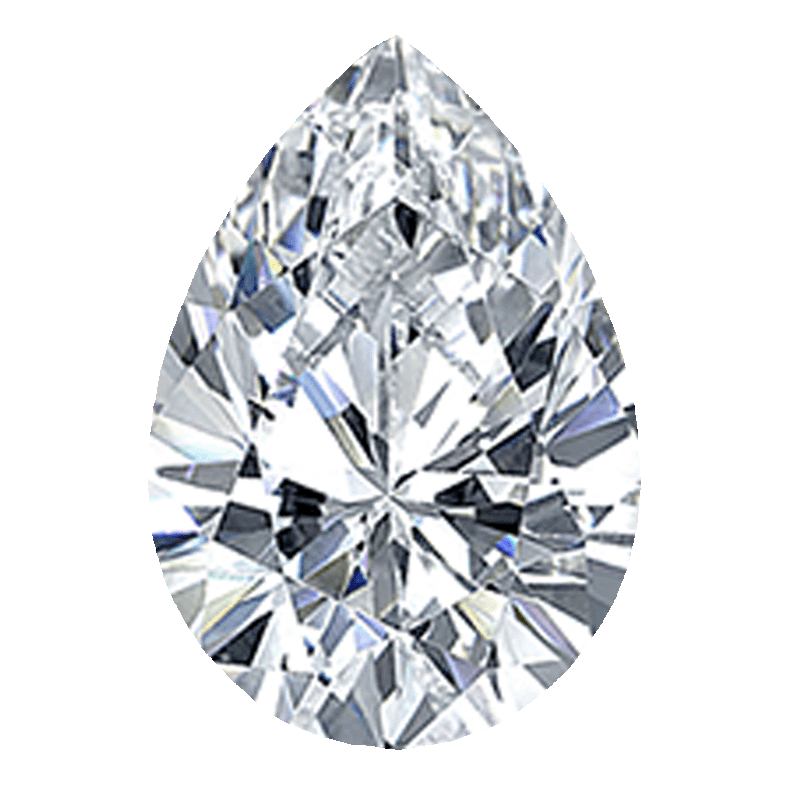
Pear

Radiant
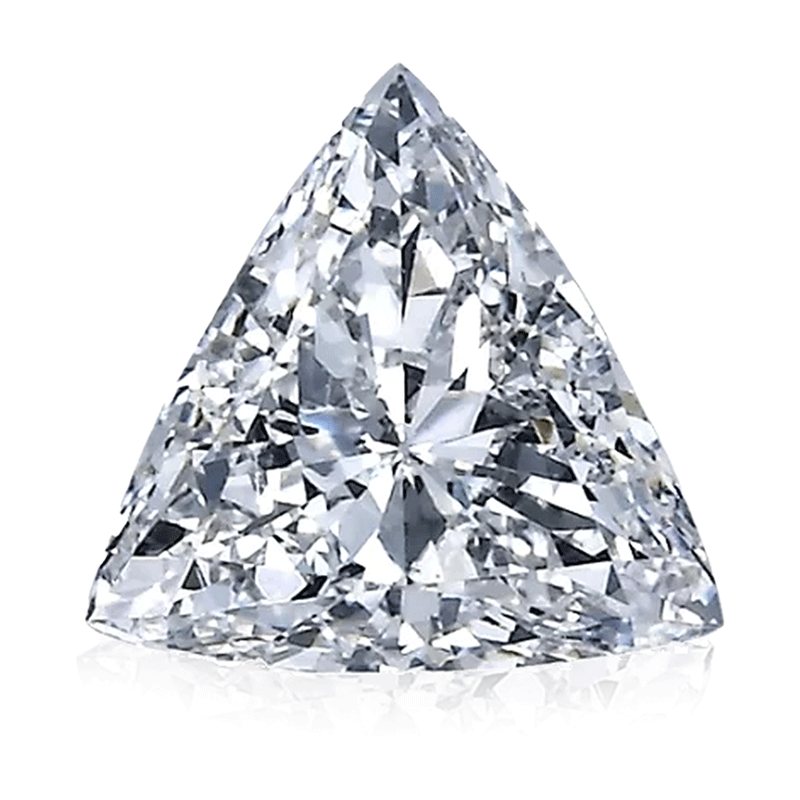
Trilliant
Diamond Carat

0.05 Carat
2.3mm

0.10 Carat
3mm
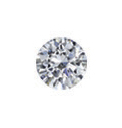
0.25 Carat
4.1mm
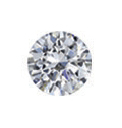
0.5 Carat
5.15mm
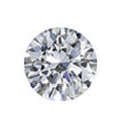
0.75 Carat
5.8mm

1.00 Carat
6.5mm
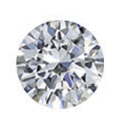
1.25 Carat
7.00mm
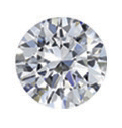
1.5 Carat
7.4mm
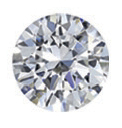
1.75 Carat
7.8mm
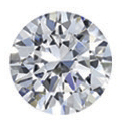
2.00 Carat
8.2mm
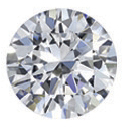
2.5 Carat
8.8mm

3.00 Carat
9.4mm
Diamond carat measures a diamond’s obvious size.
The modern carat system started with the carob seed. Early gem traders used the small, uniform seeds as counterweights in their balance scales. The carob seed is the same 0.2 gram weight in every corner of the world.
Diamond cut has the ability to influence a diamond perceived size. In the past, diamond polishers would polish a stone to yield maximum weight while neglecting the perfect proportions needed for maximum display of light.
With modern diamond cutting practises, most modern diamond shapes are precisely calculated. We herefore accept diamond carat weight as an indication of its obvious size.
Certain shapes of equivalent carat weight may appear larger than others due to its polishing style.
